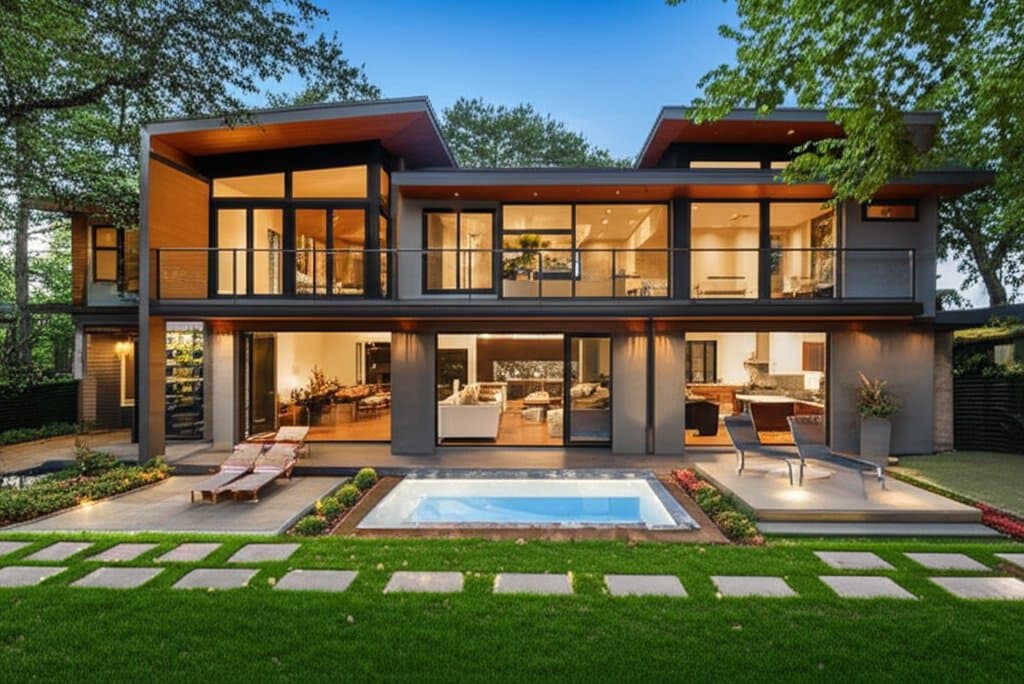Transform Your Space with Modular Kitchens for Lasting Value
Kitchens often serve as the central hub of a home, yet they can quickly become sources of frustration when their design fails to align with your evolving needs. Many homeowners invest heavily in fixed remodels, only to discover within a year or two that their lifestyle has outgrown the layout. This is the pitfall of inflexible design. Modular kitchens offer a dynamic solution, allowing you to adapt storage, workstations, and layouts as often as weekly, ensuring your space remains functional and regret-free no matter how your routines shift.
The Hidden Risks of Rigid Kitchen Layouts
A kitchen locked into a static design can lead to persistent challenges that disrupt daily life. Poor workflow often emerges when appliances and prep areas are positioned inconveniently, turning simple tasks like moving from sink to stove into a hassle. Storage limitations compound the issue, with fixed cabinets wasting vertical space or leaving clutter with nowhere to go. As families grow or habits change, such as cooking more at home or hosting frequent gatherings, a rigid setup cannot accommodate new demands, often resulting in overcrowded countertops and mounting frustration. I have witnessed clients request full remodels for kitchens less than five years old, a costly misstep that could have been avoided with adaptability in mind.
Why Modular Kitchens Are a Game-Changer
Modular kitchens revolve around versatile, interchangeable components like cabinets, shelves, drawers, and counters that can be reconfigured with ease. This design approach empowers you to reposition prep stations for optimal workflow, whether placing them near the sink for rinsing or closer to the stove for cooking efficiency. Storage adapts just as fluidly, with options to add pull-out racks or adjustable shelves as needs evolve. You can scale the layout up for larger gatherings or streamline it for minimalist living, all while experimenting with arrangements without permanent commitment. From a professional standpoint, this flexibility also cuts future costs by minimizing demolition and labor compared to traditional overhauls.
Real-Life Applications of Weekly Adjustments
Rearranging a kitchen weekly may sound unusual, yet for many, it aligns perfectly with varied lifestyles. Consider the weekend host who keeps a compact setup during busy workdays but rolls out extra counter modules and open shelving for entertaining on Fridays. Or picture a passionate baker who stores supplies in movable carts, sliding them beside the prep area for baking sessions before tucking them away. Even in smaller homes, mobile islands shift roles daily, serving as a breakfast bar one morning and a homework station the next. These adjustments require no major construction, simply a willingness to let your kitchen work smarter for you.
Essential Features for Seamless Flexibility
To ensure a modular kitchen supports frequent changes, prioritize specific design elements. Mobile islands with locking casters offer movable prep space that can be secured or stowed as needed. Interchangeable cabinet fronts allow aesthetic updates without structural replacement, while pull-out modules like pantry units or spice racks slide into place for temporary use. Open shelving with adjustable heights maximizes storage versatility, and rail-mounted accessories such as hooks or baskets reposition instantly for convenience. Quality remains paramount; I always advise clients to invest in durable hardware and solid builds, as flimsy units wear out quickly under regular reconfiguration.
Safeguarding Your Kitchen Investment
A modular kitchen represents a significant investment, and protecting its value requires thoughtful planning. Work with contractors who provide precise drawings and specifications for each component to avoid mismatched pieces down the line. Verify warranties on high-quality systems, as they often cover repairs or replacements if parts fail. Account for fixed utilities like plumbing and electrical outlets during design, ensuring rearrangements remain practical around these anchors. Finally, allocate budget for accessories like rolling carts or adjustable racks, which enhance the system’s adaptability. In my experience, those who prioritize flexibility from the outset spend far less over time compared to repeated traditional remodels.
Bringing Your Vision to Life
If a kitchen update is on your horizon, look beyond static layouts and explore modular systems that evolve with you. Begin with smaller additions like movable islands or adjustable shelving to test the concept, then expand into comprehensive cabinetry if it suits your lifestyle. Collaborate with your contractor to tailor the design to your unique routines, ensuring every module serves a purpose. A kitchen that adapts as life changes not only prevents clutter and frustration but also saves you from expensive overhauls in the future. Embracing this approach transforms your space into a lasting asset, ready to meet your needs today and tomorrow.










